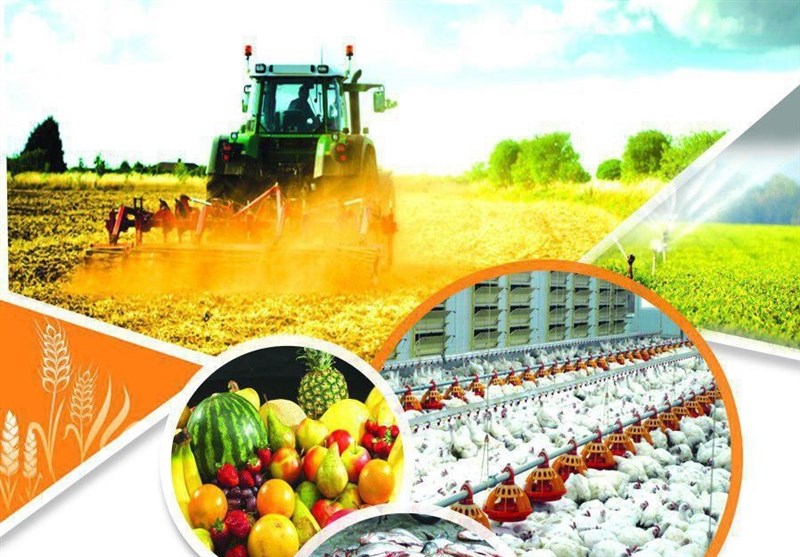
RNA – The victory of Iran’s 1979 Islamic Revolution, led by Imam Khomeyni pulled the country out from under the yoke of colonialism, arrogance and tyranny and brought independence and freedom to the Iranian nation.
Recognition of the religious and national identity of Islamic Iran, building the country upon reliance on internal capacities, trusting the power of the youth of the country and advancing in various fields including the economic, political, cultural, social and management fields and relying on the spirit of self-confidence are among the achievements of this great and divine revolution.
The field of agriculture is one of the sectors that has been considered specially after the victory of the revolution and has seen in significant progress in the Islamic system.
Investigating the capabilities, capacities, achievements and advancements in this sector can demonstrate part of the country’s comprehensive progress in the four decades that have passed since the Islamic Revolution.
As one of the most important economic productive sectors in Iran, the agricultural sector plays an important role in the country’s economic growth and development, and this sector can become the engine of the country’s economic growth.
Iran has a land area of 1,648,195 square kilometres and more than 510,000 square kilometres have a high potential for agricultural production and it is a good issue to exploit this potential and power and use it to grow the country’s economy. The issue of agriculture was at the top of Iran’s plans after the Islamic Revolution and at the behest of Imam Khomeyni, who called it “the axis of independence,” more and more attention was given.
The study of the agricultural field in the pre-revolutionary years shows that due to some incorrect planning, this sector was declining, and many of the strategic products required were supplied through imported resources. According to statistics in the agricultural sector, production of products made up 29% of Iran’s gross national product in 1960 and it dropped to 9% in 1977.
But after the revolution, the agricultural sector became the focal point of the country’s economic and food independence and the agricultural sector sustained economic development growth and as a result of self-sufficiency and self-reliance, many products were put on the agenda.
Ali Akbari, the representative of the people of Bojnourd in the Islamic Consultative Assembly [Iranian parliament] and the head of the Agriculture, Water and Natural Resources Committee of the Islamic Consultative Assembly, said, “From the beginning of the revolution, Imam Khomeyni stated that agriculture was the centrepiece of independence and this was the first slogan and step which was taken on this path.
The attention paid to the well-being of those living in rural areas who were agricultural workers was an important and fundamental step in the development of the agricultural sector. If welfare was not made in the agricultural sector, agriculture would naturally be neglected by perhaps the people would have left the agricultural sector.”
A survey of agricultural products, gardens, and livestock inputs shows that during the 39 years since the Islamic revolution, the country has progressed towards self-sufficiency, among which farmers have played a major role.
One example of this is that the Food and Agriculture Organization of the United Nations (FAO) has acknowledged that Iran, which has produced 23 million tonnes, is the ninth largest grain producer in Asia.
112/973